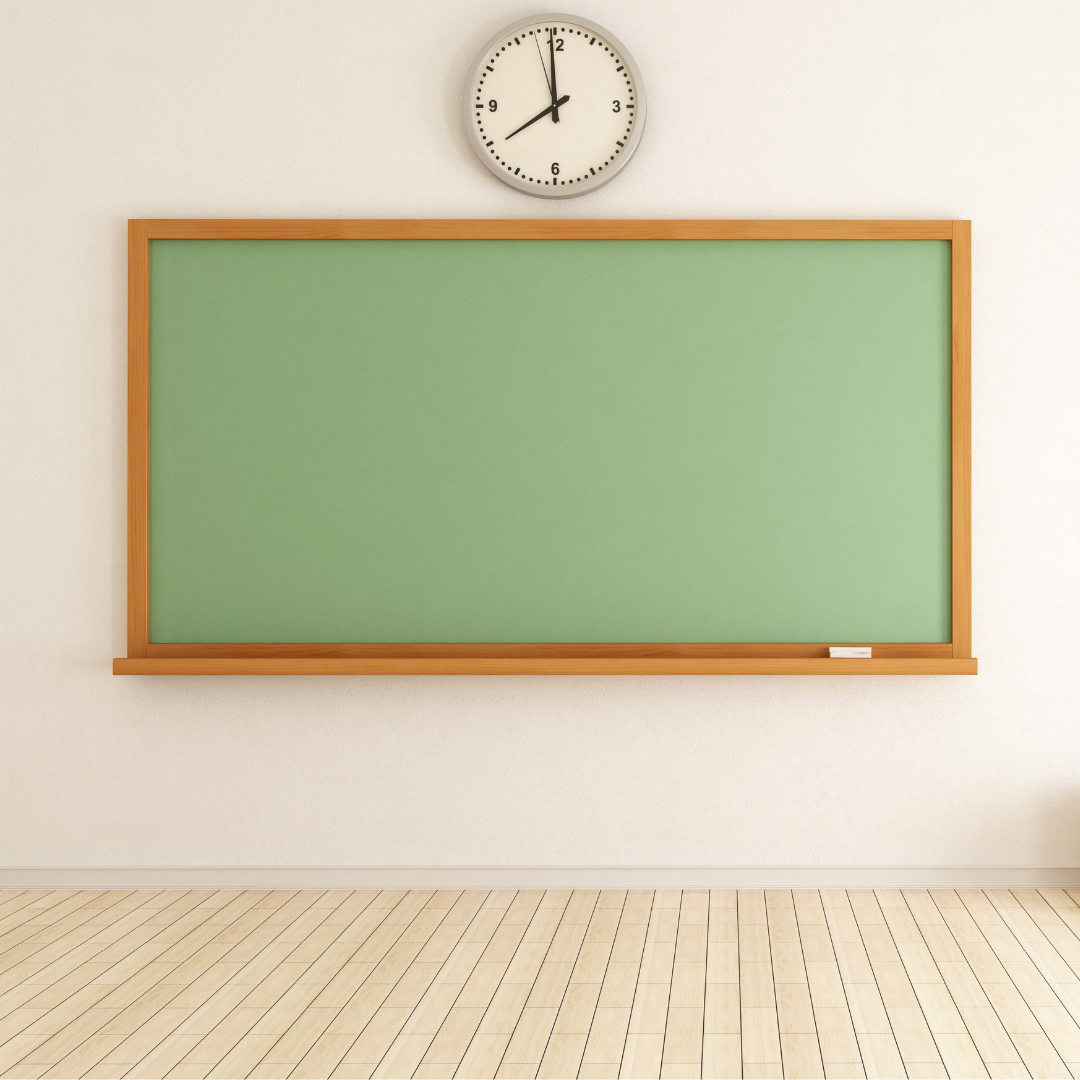I (Lori) once had a father come in for testing for his 5-year-old son. The father noticed sensory differences with his son (e.g., overreaction to noises, sensitivity to touch, and clothing), so he took him to an occupational therapist for testing and treatment. After a few months, he progressed, but his kindergarten teacher was still very concerned about his behavior. His father was then referred to me, a psychologist, for more testing to look into ADHD. When I first met with the father, he expressed the typical ADHD concerns: his son had difficulty paying attention, was very distractible, disrupted the learning of other children, and was constantly moving and talking. He was completing little work at school due to his lack of focus.
However, there were also other concerns which were characteristics of autism. For instance, he had never really made friends with anyone and often fought with other children at recess. He liked to spend a lot of time at home, lining up toys and organizing them in a particular way. He had special interests in Minecraft and Angry Birds, which are not uncommon interests for a child his age. His teacher also noted that he made unusual finger movements at times. After the interview, I discussed that we would likely need to be tested for both ADHD and autism. The father was surprised, as autism was not a diagnosis he had even considered. This is not always the case but does happen pretty regularly when doing diagnostic evaluations.
When I do evaluations, I first meet with the parents to figure out what question we are working together to solve. In many cases, the question for myself and the parents is: Is it ADHD, autism, or both? Though the diagnostic criteria for ADHD and autism have minimal overlap, children with these diagnoses share many similar characteristics.
According to the CDC, around 14% of children with ADHD will also have a diagnosis of autism. Approximately 30-50% of autistic children will have a diagnosis of ADHD.
We know that many characteristics of autism and ADHD can overlap and that children can have both diagnoses simultaneously. The diagnostic question is, how do you tell them apart? Today, we are diving into seven overlapping behaviors often seen in children with ADHD and autism.
1) Differences in Communicating with Peers
Differences in how they engage with peers or create and maintain peer relationships are hallmark characteristics of autism. However, this does NOT mean that autistic children can’t make friends. Many of these children have friends and desire friendships. For children with ADHD, the diagnosis does not specifically include peer challenges. However, to be diagnosed, symptoms have to have a negative impact on school, home, or social functioning. This means that children with ADHD might be very impulsive or overly active, saying or doing things that could bother or annoy their peers. For instance, they might hit a peer impulsively if a peer says something they don’t like. Also, they might talk constantly or get in peers’ personal space, causing other children to be annoyed. Because children with ADHD don’t always slow down long enough to observe their peer’s reactions, they can miss important social cues.
2) Daydreaming or “In their Own World”:
Daydreaming frequently is a characteristic of ADHD. Children who struggle to focus or pay attention are often seen daydreaming at school or home. When their name is called, children with ADHD can come out of their daydreams. Though daydreaming is not specifically characteristic of autism, many autism parents describe their child as being “in their own world” a lot of the time. One of the signs we look for in young children is when a child does not respond to their name when it is called. Autistic children might also engage in humming, repetitive noises, or other repetitive behaviors or movements when they are “daydreaming.” They might also describe their daydreaming as escaping to an imaginary world that they have created.
3) Special Interests
Special or deep interests are one characteristic of autism, but not all will have deep interests. These special interests are often, but not always, unusual for their age (e.g., the fans, refrigerators, or tornado sirens). They can also have age-appropriate interests, such as Minecraft or Frozen II. In contrast, children with ADHD also tend to have focused interests in certain topics. These topics, such as specific video games or movies, are typically considered age-appropriate. Additionally, these topics will often rotate frequently. Though they may be very interested in a topic, it usually will not consume all aspects of their conversation or play with others.
4) Sensory Challenges
Over-sensitivity or under-sensitivity to sensory stimuli is one of the criteria for an autism diagnosis. However, sensory challenges are not a part of the diagnosis of ADHD. Nonetheless, children with ADHD do experience sensory differences. Many parents refer to their children as sensory seeking, where they will often bump or crash into things. They may seem to need a high level of sensory input. They might also show some sensitivity to sensory experiences like autistic children, such as being bothered by loud noises, textures, or clothing. Typically, with autism, there is a more significant degree of sensitivity to sensory stimuli. Autistic children might also have sensory-seeking behaviors not typically seen in children with ADHD, such as examining parts of objects or people for prolonged periods or out of the corner of their eye, licking or trying to eat inedible objects, or sniffing objects repeatedly.
5) Difficulty Making Transitions
For most families we have worked with, transitions are a HUGE struggle. Whether the goal is getting children ready to leave the house, turning off technology, or leaving a birthday party… many children with ADHD and autism struggle with transitions. However, the difference is most likely the function or the reason why transitions are hard. Children with ADHD often have difficulty mentally preparing, or pre-imagining a task, so transitions feel like a “surprise” even though they may do the same sequence of tasks each day. Many children with ADHD also have time blindness, meaning they don’t sense the passage of time in a typical way. Autistic children also have difficulty with transitions. This may be because they can become highly focused on a particular activity, which results in them getting “stuck.” Also, challenges with communication can make it increasingly difficult for children with ADHD and autism to make transitions.

6) Executive Functioning Challenges
Executive functions are a set of brain-based skills that allow us to make decisions, plan activities, and stay focused while accomplishing our goals. Executive functions guide us as we complete multi-step tasks, manage our schedules, and talk with friends. While ADHD is strongly linked to challenges with executive function, autistic children can also struggle with various aspects of executive function. In a 2018 study by Karalunas et al., which included almost 1000 participants, it was found that children with ADHD and autism scored markedly lower than the control group in the executive functioning areas of memory, impulse control, and processing speed. Both children with ADHD and autism can struggle to “read the room” and make inferences, often because they both get focused on the details rather than understanding the bigger picture.
7) Repetitive Body Movements
Again, repetitive body movements are one of the characteristics of autism. However, not all will have repetitive body movements (e.g., jumping up and down, flapping their hands, wiggling/moving/twisting their fingers, tensing their bodies in certain positions, rocking their body side to side while standing, or doing other complex body movements). Children with ADHD also often engage in repetitive movements that mimic what we know as fidgety behaviors. These things might include tapping their fingers on a desk, shaking their leg vigorously, twirling their hair, picking at objects, or even rocking their torso back and forth.
Does your child have a diagnosis of (or suspected) ADHD? We want to help!
Start with our FREE ADHD Parenting Guide, where we explain six keys to raising a happy, independent child with ADHD. When you’re ready to dive deeper, check out our online parenting course for raising children with ADHD.
Parenting is hard work, but we know you can do it!
Have a wonderful week!
Lori, Katie, and Mallory

Resources:
Karalunas, Sarah L., et al. “Overlapping and Distinct Cognitive Impairments in Attention-Deficit/Hyperactivity and Autism Spectrum Disorder without Intellectual Disability.” Journal of Abnormal Child Psychology, 15 Feb. 2018, doi:10.1007/s10802-017-0394-2.






[…] children actually had a diagnosis of an autism spectrum disorder and would have benefited from intervention tailored to their needs. Other children had co-occurring […]